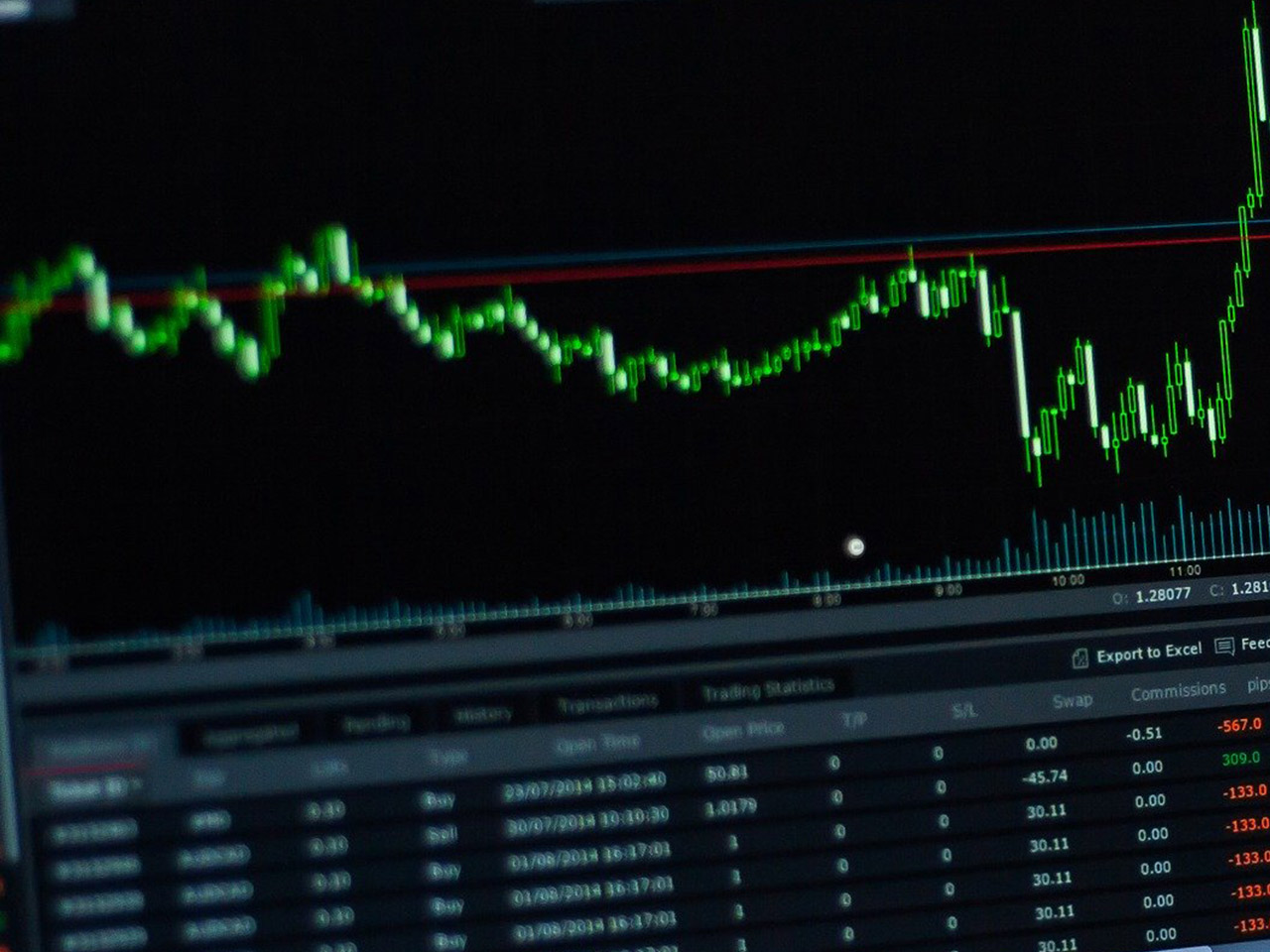Tesco PLC (TSCO.L), the stalwart of the UK grocery scene, continues to be a pivotal player within the Consumer Defensive sector. With a market capitalisation of $28.62 billion, Tesco’s influence extends beyond the aisles of its stores, shaping the landscape of grocery retail both in the UK and across its international operations in Ireland, the Czech Republic, Slovakia, and Hungary.
Currently trading at 441 GBp, Tesco has reached its 52-week high, suggesting a strong recovery and growing investor confidence after a year-long range between 314.60 and 441.00 GBp. This price movement reflects the company’s strategic resilience and adaptability in a challenging economic environment, underscored by a modest but steady revenue growth of 2.20%.
However, Tesco’s valuation metrics provide a mixed picture. The absence of a trailing P/E ratio and other valuation figures such as PEG, Price/Book, and Price/Sales could pose questions about the company’s traditional valuation approach, especially when the forward P/E stands at a staggering 1,460.51. This requires investors to delve deeper into the underlying factors, such as potential earnings boosts or strategic investments, which could justify such a valuation.
Performance metrics reveal a more favourable narrative. Tesco’s return on equity at 13.75% indicates robust utilisation of shareholder funds, complemented by a hefty free cash flow of over £2.45 billion. This financial strength supports a healthy dividend yield of 3.11%, with a payout ratio of 54.04%, ensuring that Tesco remains an attractive proposition for income-focused investors.
The analyst sentiment towards Tesco also remains largely optimistic, with 10 buy ratings against just 3 hold ratings and no sell recommendations. This consensus results in an average target price of 429.25 GBp, implying a slight downside of -2.66% from its current levels. Investors should consider this marginal discrepancy as a reflection of market volatility and broader economic pressures rather than a fundamental flaw in Tesco’s business model.
Technical indicators further bolster confidence in Tesco’s stock performance. The current price above both the 50-day and 200-day moving averages (417.59 and 380.59, respectively) signals a bullish trend. The RSI at 39.30, while not in overbought territory, suggests that the stock isn’t overextended, providing room for potential upward movement. Additionally, the MACD (5.22) comfortably above the Signal Line (3.92) reinforces the positive momentum.
Tesco’s diversified offerings, from grocery to mobile and insurance services, mark its strategy to buffer against sectoral headwinds. Its continued foray into data science and consultancy services highlights a commitment to innovation and adaptation in the digital age.
Investors eyeing Tesco should weigh its strong market position, consistent dividend yield, and robust cash flows against the complexities of its valuation and the broader economic climate. As Tesco navigates through global uncertainties, its ability to maintain market leadership while exploring new growth avenues will be key to driving long-term shareholder value.









































